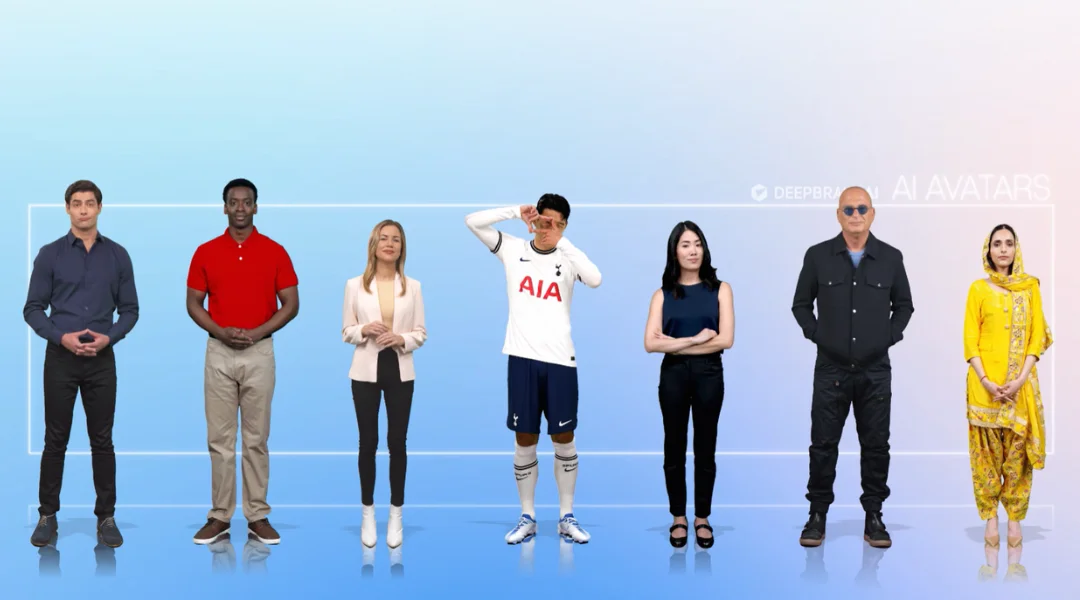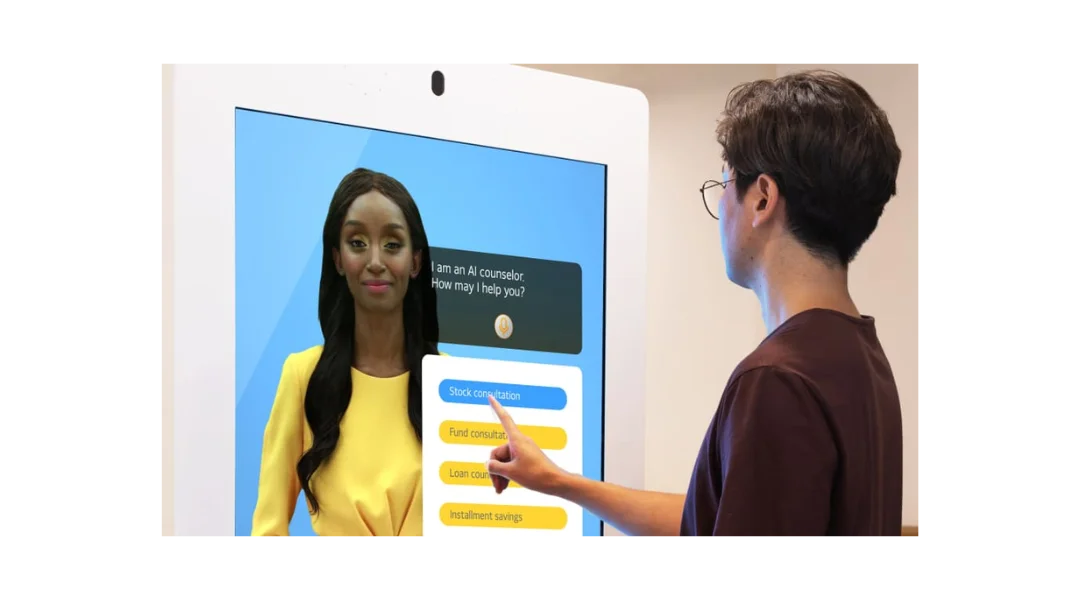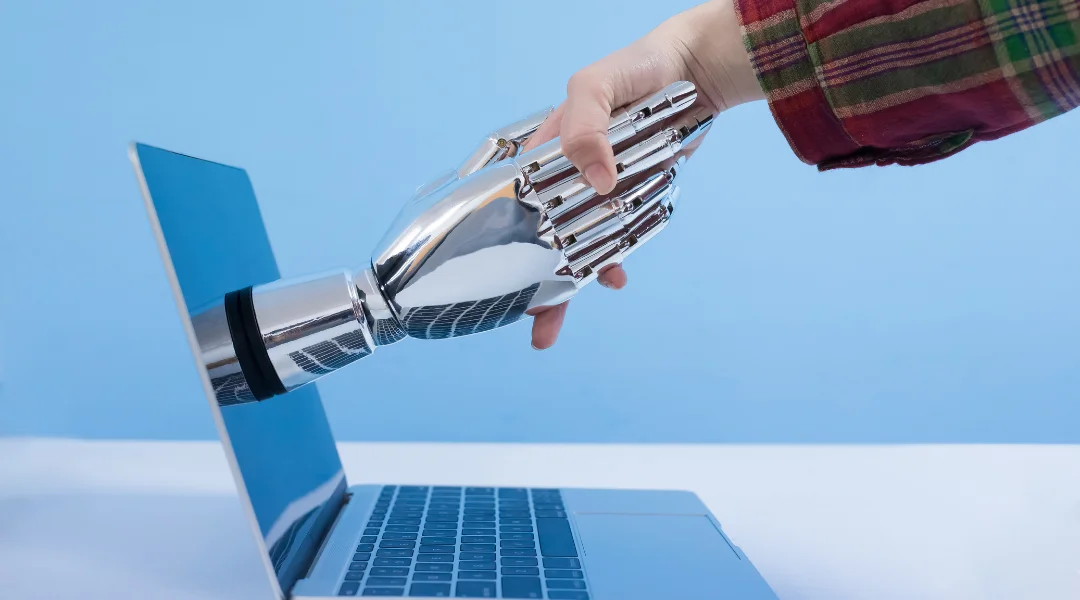Can AI Anticipate Our Needs with Uncanny Precision?

In an age where the term 'AI' is as ubiquitous as the air we breathe, one must pause and ponder: What exactly is Artificial Intelligence? Is it merely a sophisticated array of algorithms, or does it herald the dawn of new sentient beings? As you embark on this digital odyssey, prepare to unravel the intricacies of a technology that's reshaping our world. From Siri's helpful voice to the enigmatic depths of machine learning, AI is no longer confined to the realms of science fiction; it's here, it's now, and it's revolutionizing everything. But how did we get here, and what are the different facets of this enigmatic innovation?
Imagine a future where machines not only understand your needs but anticipate them with uncanny precision. A world where AI-driven technologies are seamlessly integrated into every aspect of our daily lives. But is this future as rosy as it seems, or are there thorny challenges we must first overcome? This blog post delves into the nuances of AI, explores its various types, and introduces you to the groundbreaking realm of Generative AI and DeepBrain AI's pioneering technology. With concrete examples and thought-provoking quotations from leading experts, we'll explore the capabilities of AI, demystify common misconceptions, and ultimately, ponder what AI means for our collective future. Are you ready to journey beyond the veil of uncertainty and discover the true essence of Artificial Intelligence?
Understanding the Nuances of Artificial Intelligence

Artificial Intelligence (AI) represents a frontier in computational technology where machines are endowed with the ability to replicate human cognitive functions. It's a multidisciplinary field that amalgamates computer science, cognitive psychology, and even elements of philosophy, as it seeks to understand and emulate the intricacies of human thought processes. At its most fundamental level, AI is about creating algorithms that enable machines to perform tasks that would traditionally demand human intellect, such as recognizing patterns, interpreting complex data, and making informed decisions.
The capabilities of AI are not limited to mere replication of human actions but extend to the potential for machines to exceed human performance in various tasks. Through machine learning, a subset of AI, systems can learn from data, adapt to new inputs, and improve over time, often without human intervention. Deep learning, a more advanced aspect of machine learning, utilizes neural networks with many layers (hence "deep") to analyze vast amounts of data, leading to unprecedented advancements in fields like natural language processing, computer vision, and autonomous systems.

AI technologies are revolutionizing industries by providing innovative solutions to long-standing problems. In healthcare, AI algorithms assist in diagnosing diseases with accuracy rivalling that of seasoned medical professionals. In the realm of transportation, AI powers self-driving cars, reducing human error and making roads safer. The applications are as diverse as they are transformative, marking AI as one of the most significant technological advancements of our time.
Types of Artificial Intelligence
| Type | Description | Examples | Current Status |
|---|---|---|---|
| Narrow AI (Weak AI) | Designed to perform a specific task within a limited context. It is the most common form of AI in daily life. | - Virtual assistants (Siri, Alexa) - Recommendation systems (Netflix, Amazon) - Chatbots (Customer service) |
Widely implemented and in active use. |
| General AI (Strong AI) | Systems that can understand, learn, and apply knowledge in a way that is indistinguishable from human intelligence. Capable of performing any intellectual task that a human can. | - Theoretical robots or systems that can learn and master multiple disciplines - AI with adaptive learning and reasoning capabilities |
More of a concept than a reality; a goal for future AI research. |
| Artificial Superintelligence (ASI) | A hypothetical AI that surpasses human intelligence in all aspects, including creativity, general wisdom, and problem-solving. Represents the pinnacle of AI development. | - AI that can innovate and create advanced technologies - Systems that can solve complex global issues with superhuman efficiency and insight |
Not yet achieved; poses both exciting possibilities and existential risks. |
Understanding Generative AI
Generative AI refers to artificial intelligence models that can generate new content or data that is similar but not identical to the data they were trained on. Unlike discriminative models, which classify input data into categories, generative models can produce new instances of data, such as images, text, music, or speech.
Generative AI and DeepBrain AI's Pioneering Technology

DeepBrain AI stands as a trailblazer in the realm of Generative AI, pushing the boundaries of what's possible in human-AI interaction. With a focus on creating AI human models that are astonishingly realistic, DeepBrain AI is transforming the landscape of customer engagement. These AI models are not mere static entities; they are dynamic virtual human agents equipped with the ability to engage in real-time conversations, mimicking human mannerisms and speech patterns to an uncanny degree.
The technology underpinning DeepBrain AI's innovations is nothing short of cutting-edge. Generative AI is the powerhouse enabling the creation of these virtual beings. By harnessing advanced algorithms and deep learning techniques, DeepBrain AI's virtual human agents can perform a multitude of roles with remarkable authenticity. Whether it's providing customer service with a personal touch, assisting users as virtual aides, or presenting news as digital anchors, these AI humans are redefining interactive experiences. They deliver information not just with precision but with naturalistic expressions and intonations, making the interaction feel more like a conversation with a human than an exchange with a machine.

What sets DeepBrain AI's technology apart is the meticulous training process their proprietary AI models undergo. These models are fed vast datasets that encompass a range of human expressions, accents, and linguistic nuances. The result is an AI human that transcends the uncanny valley, offering interactions that are visually convincing and emotionally resonant. The AI agents are equipped to handle nuanced speech, understand context, and respond with appropriate communication cues. This level of sophistication is a game-changer for businesses seeking to elevate their customer service and for consumers who crave more engaging and personalized interactions. Unlike traditional chatbots and virtual assistants that often lack the ability to connect on a human level, DeepBrain AI's creations promise a future where AI can truly emulate human warmth and intelligence.
Capabilities of AI

AI technologies have various capabilities, some of which include:
| Capability | Description |
|---|---|
| Machine Learning (ML) | AI systems utilize algorithms to analyze data, learn from it, and make decisions based on historical data. |
| Natural Language Processing (NLP) | AI has the ability to comprehend and generate human language, facilitating seamless human-machine interactions. |
| Computer Vision | AI can process and understand visual information, enabling it to identify objects, faces, or scenes in images and videos. |
| Robotics | The integration of AI with robotics leads to the creation of intelligent robots capable of performing complex tasks, ranging from manufacturing to performing surgery. |
Practical Examples and Use Cases of DeepBrain AI Technology
Healthcare Applications of DeepBrain AI

| Application | Description | Partner | Benefits |
|---|---|---|---|
| Virtual Doctors | Deliver real-time medical services via mobile platforms. | Roche | Quick access to medical advice and support. |
| AI Esther | AI-driven tool for medical content creation and decision-making support. | Esther Formula | Accurate diagnoses, personalized treatment plans, efficient patient data management, and disease outbreak prediction. |
Finance Sector Innovations by DeepBrain AI

| Solution | Function | Impact | Availability |
|---|---|---|---|
| AI Lobby Leaders & Kiosks | Promote products and explain branch amenities. | Enhances customer service, frees human staff for complex tasks. | Branches |
| Smart ATMs | Simplify banking operations like account creation and transactions. | Streamlines everyday banking operations. | Various Locations |
| AI Private Bankers | Provide personalized investment advice and market insights. | Tailored financial guidance for clients. | Financial Institutions |
| AI Mobile & Online Assistants | Support with transactions, returns, account management, and multilingual translation. | 24/7 customer support and inclusive service. | Digital Platforms |
Retail Industry Enhancements through DeepBrain AI

| Innovation | Function | Partner | Impact |
|---|---|---|---|
| AI Human Kiosks | Interact with customers through a human-like interface. | Eureka Nova | Transforms customer engagement, drives sales, and improves shopping experience. |
Media Sector Transformation via DeepBrain AI

| Offering | Description | Benefit |
|---|---|---|
| AI Studios | Produce content with virtual presenters like avatars. | Scalable and cost-efficient content creation for consistent viewer experience. |
As DeepBrain AI continues to innovate, we can expect a multitude of advanced applications that will further revolutionize the business landscape across various industries.
Common Misconceptions and Concerns
Misconception: AI Can Replace Humans Completely
While AI can automate certain tasks, it is not capable of replacing the nuanced and complex decision-making abilities of humans. AI works best when augmenting human capabilities rather than replacing them.
Concern: AI Can Be Biased
AI systems can indeed reflect the biases present in their training data. It is crucial for developers to use diverse data sets and design algorithms that mitigate bias.
Concern: AI Might Become Uncontrollable
The idea of AI becoming uncontrollable is a common theme in science fiction. In reality, AI operates within constraints set by its creators. Researchers and ethicists are working to ensure AI is developed responsibly and safely.
What Does AI Mean for Our Future?

Artificial Intelligence is a transformative technology that is changing the landscape of various industries. By understanding what AI is, its types, capabilities, and practical applications, we can better appreciate its potential and address the challenges it presents. As we continue to advance in the field of AI, it is essential to engage in discussions about its ethical and societal implications to harness its power for the greater good.
In conclusion, AI is not a technology of the distant future; it is here, and it's making an impact now. By staying informed and proactive, we can shape the development of AI to benefit humanity while mitigating the risks it poses.




